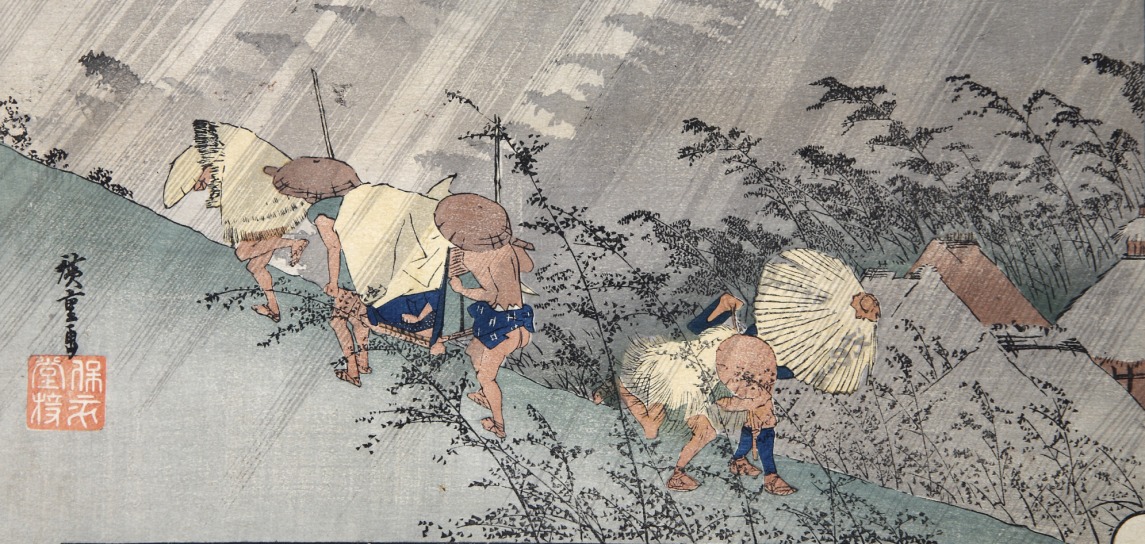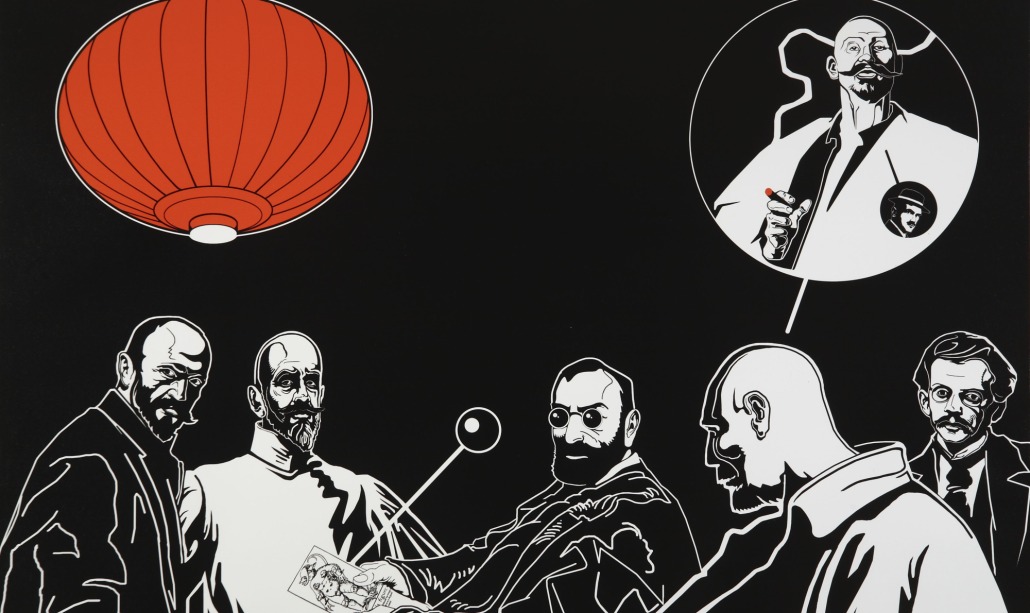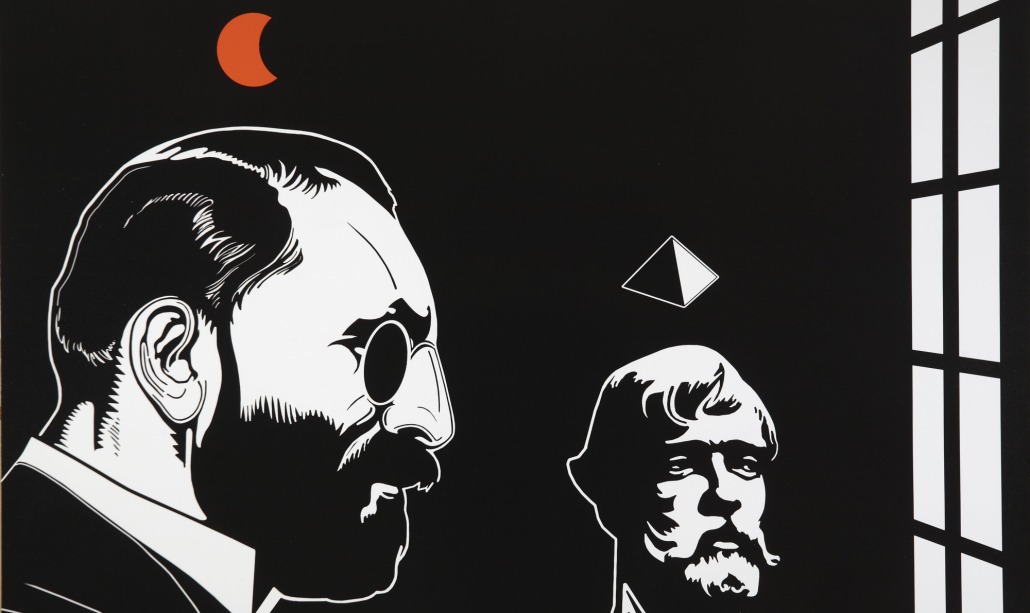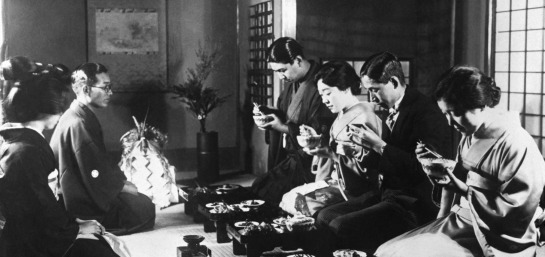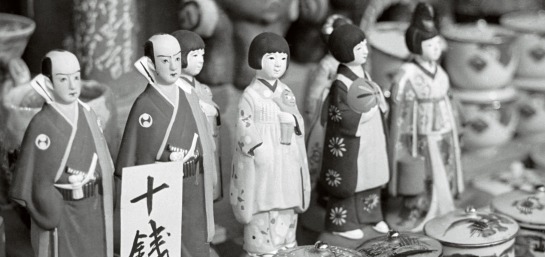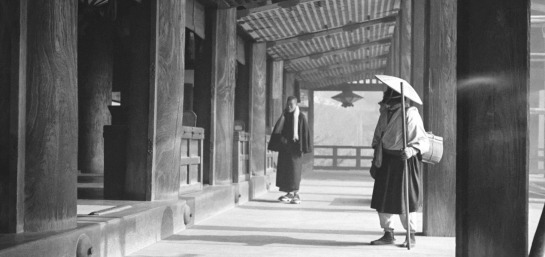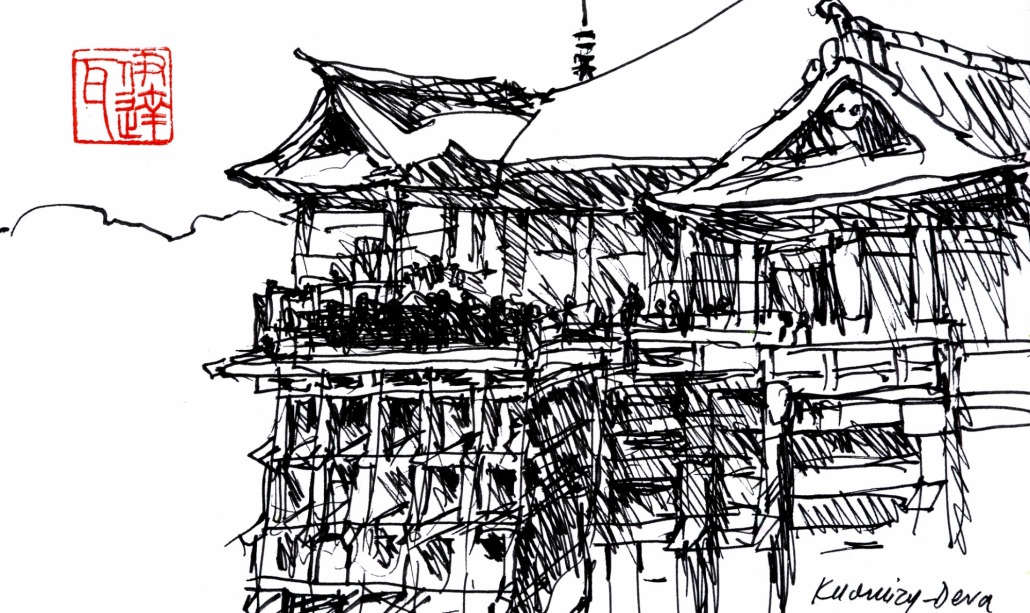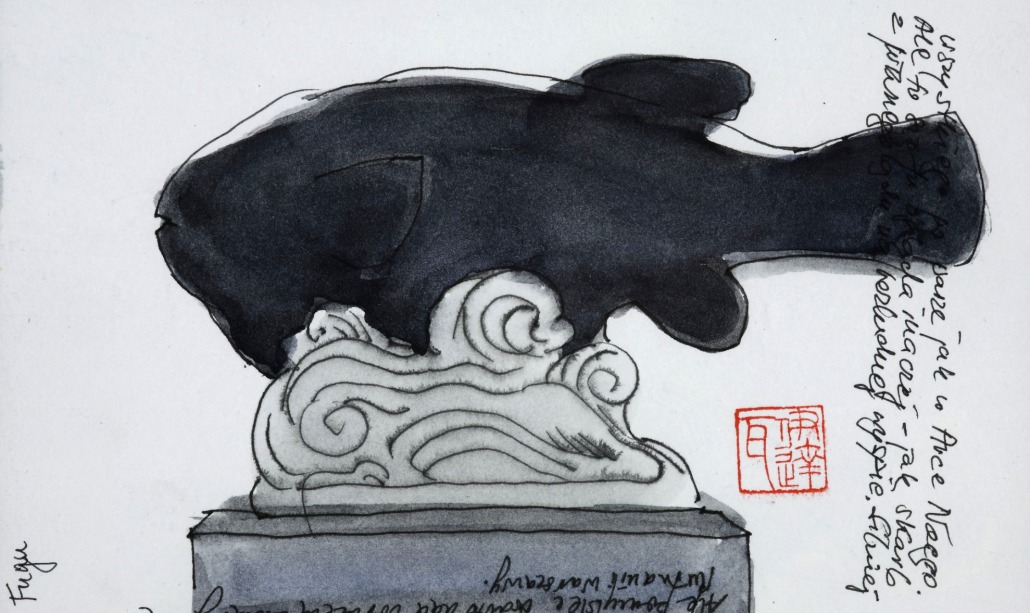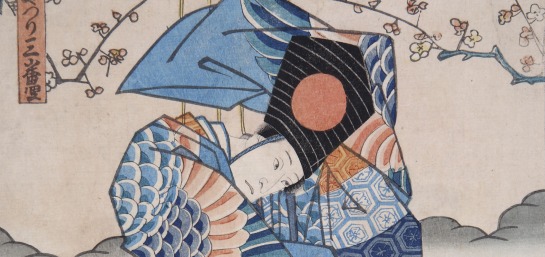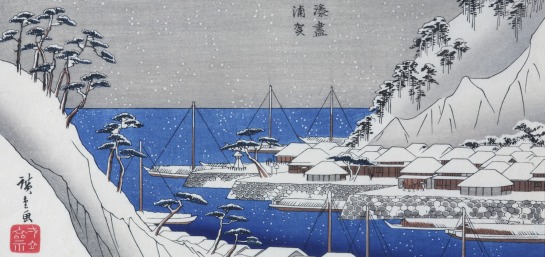Collection
The core of the collection is the body of artworks and artefacts accumulated by the Kyoto–Kraków Foundation, established by Andrzej Wajda and Krystyna Zachwatowicz-Wajda. It was donated to the museum in 2006 and 2007. Incorporated with a view to raising funds for the construction of the Manggha Centre, since 1994 the Foundation has been receiving gifts in the form of works of art, from artists and organizations with whom it cooperates to hold exhibitions and organize cultural events. In 2007, by a decision of the Minister of Culture and National Heritage, the Manggha Centre was granted museum status.
The consistently augmented collection comprises mostly contemporary art – Japanese, Korean and Polish paintings, sculptures, installations, photographs, drawings and watercolours, prints, and artists’ books – as well as objects of decorative art: ceramics, katagami (dyeing stencils), kimono, and nō masks and costumes. It is steadily enhanced by gifts from artists, collectors and other friends of the Manggha Museum, and also by purchases. A considerable portion of these have been shown in exhibitions held at the Manggha Museum and published in corresponding catalogues. The other items, in fact the majority of them – though a visual illustration of the mutual permeation of the cultures of East and West – remain unknown to a wider public. Manggha is the only museum in Poland which collects paintings inspired by Japanese art, as exemplified by works representing Polish Japanism.
Contemporary art is represented by a large selection of prints and posters. Without a doubt, some of the most valuable works are those by the prominent Japanese artist Toshihiro Hamano, winner of the International Print Triennial Grand Prix, and the Polish printmaker and designer Ryszard Otręba. An interesting gift from the International Print Triennial Society in Krakow comprises mostly works by young Japanese artists, recent debutants. Important elements of the collection include contemporary posters: Polish ones designed for Japanese films (e.g. by Wojciech Fangor, Jan Lenica, or Waldemar Świerzy) and Japanese ones, by such celebrated designers as Kenya Hara and Kōichi Satō. The artists’ books by Alina Kalczyńska-Scheiwiller are akin to the Japanese tradition of illustrated books (ehon) while the comic book by Kuba Wojnarowski – dedicated to Feliks Jasieński – engages in an inspiring game with contemporary manga. Twentieth and twenty first century painting is present in the museum’s collection in various forms: Eastern as calligraphy and scrolls, and Western as oil on canvas.
The Manggha Museum has collected and exhibited photographs since the beginning of its existence. The collection includes two sets of documentary/journalistic photography from trips to Japan taken in 1934: by the Polish Jewish traveler Ze’ev Aleksandrowicz and the German art historian and ethnographer Franz Stoedtner. Contemporary photography is represented, inter alia, by the ‘urban chronicles’ in the form of portraits of people encountered in Asakusa by Hiroh Kikai and experimental images of nature by Tomek Niewiadomski.
The identity and originality of the Manggha Museum’s collection is determined by the paintings, sketchbooks, drawings, gouaches and watercolours made by Andrzej Wajda at various stages in his life: during his student years at Krakow’s Academy of Fine Arts, at the time of his friendship with Andrzej Wróblewski and the activity of the Self-Education Group, at the Film School in Lodz, sketches made for his films and stage productions, portraits of friends and acquaintances, and drawings from his trips to Japan. As Wajda himself writes:
This is not an interpretation but rather a desire to capture what I have seen, in the belief that such a pictorial note will always remain in the draughtsman’s memory, to be retrieved whenever required.
The Manggha Museum’s own collection of old Japanese art is not large but quite interesting, including woodblock prints dating to the nineteenth and twentieth centuries, and picture books by Hokusai and Utamaro. A separate set of exhibits illustrative of Japanese culture comprises objects relating to theatre, such as nō masks by Sōei Ōgura, a bunraku doll, and kimono. Many of its contemporary decorative art objects were hand-crafted in Japan to centuries-old traditions, for example the hakuji ceramics by Manji Inoue and the katagami (dyeing stencils) from the Ise area (hence the name, Ise-katagami), received as a gift from their maker, Ishimi Ōsugi. Along with these, the Manggha Museum was also given various textiles, including kimono and obi sashes. A portion of the decorative arts collection is closely connected with the Museum’s various activities and those of the affiliated Chadō Urasenke branch.
